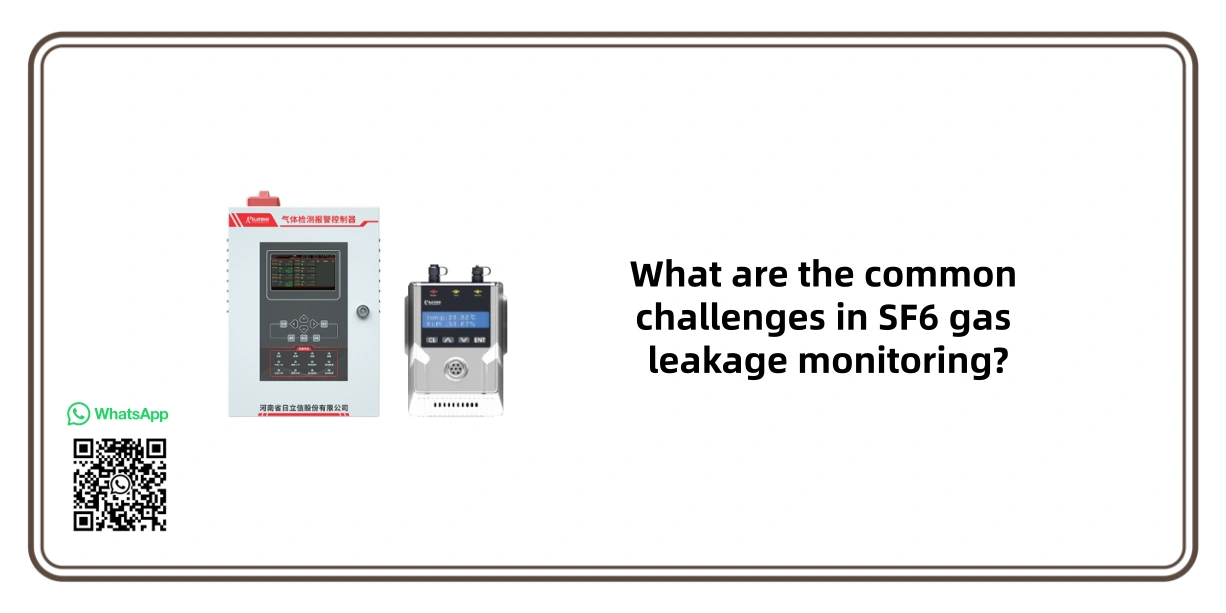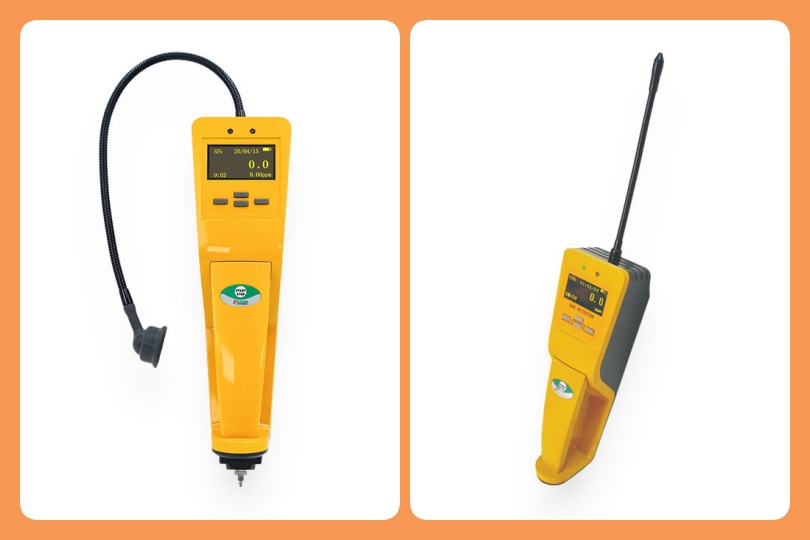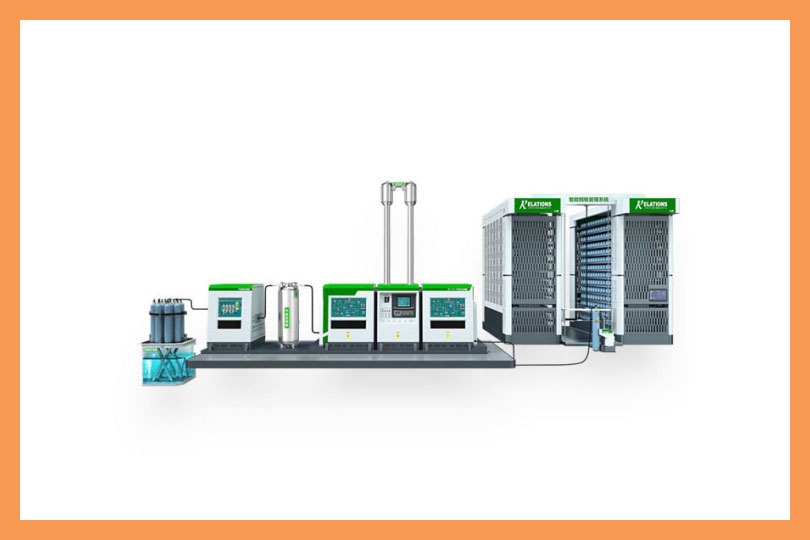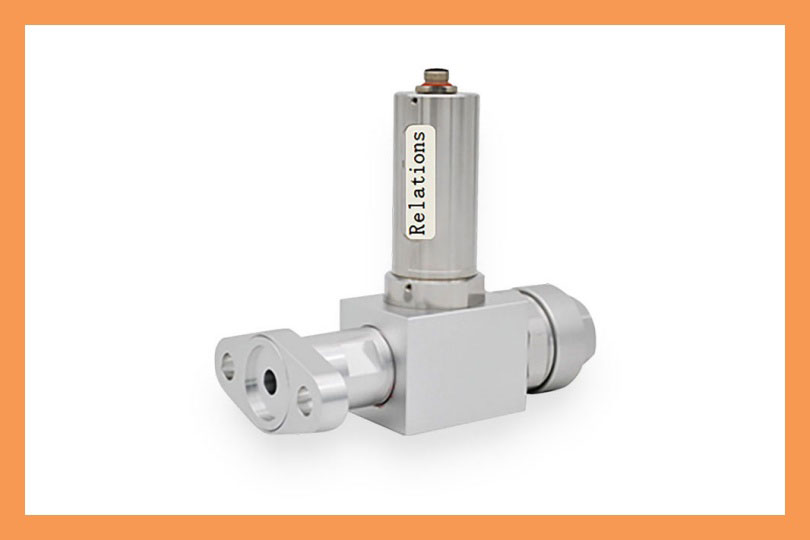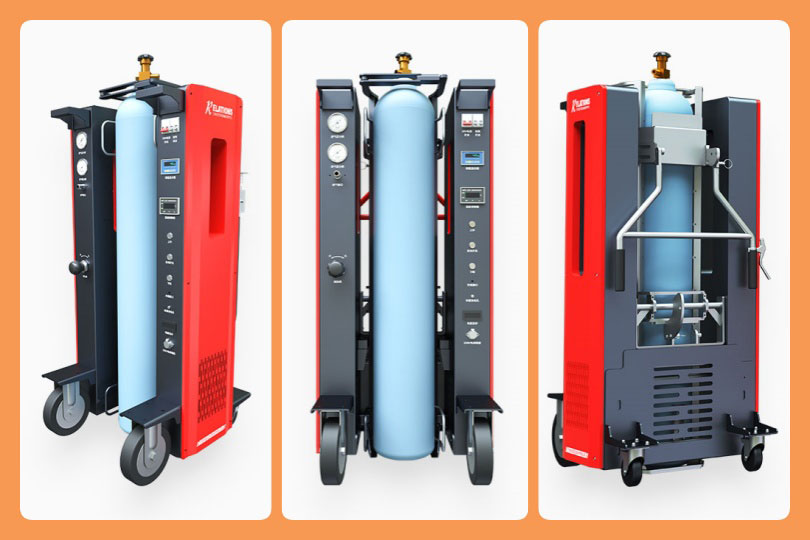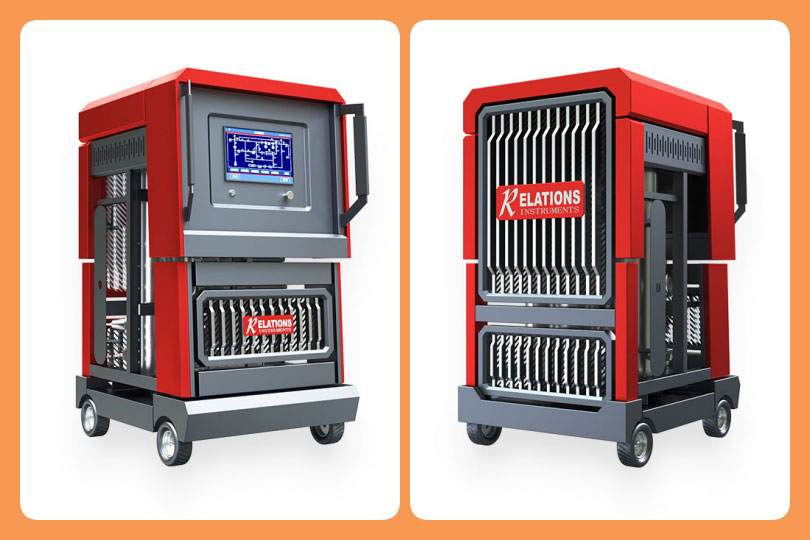Need Help: Providing Innovative and Sustainable Solutions.
Office Hours: 08:30am-6:00pm
What are the common challenges in SF6 gas leakage monitoring?
Date
2025-10-28
[email protected]
Website
www.sf6gasdetector.com
Get Solutions And Quotes
What are the common challenges in SF6 gas leakage monitoring?
Common challenges in SF6 gas leakage monitoring mainly focus on sensor performance limitations, data reliability issues, system integration barriers, and practical application difficulties, which directly affect the accuracy and efficiency of leakage detection.
1. Sensor Performance Limitations
Sensors are the core of monitoring systems, but their performance is often restricted by multiple factors:
- Low-concentration detection difficulty: Traditional electrochemical or semiconductor sensors struggle to detect micro-leaks (e.g., below 10 ppm). Even advanced optical sensors may fail to capture ultra-low concentrations (ppb level) stably in complex environments.
- Poor anti-interference ability: In substations, mixed gases (such as water vapor, ozone, and insulating oil volatiles) easily interfere with sensor responses, leading to inaccurate readings or missed detections.
- Environmental adaptability issues: Extreme temperatures (-50°C to +55°C in outdoor substations), high humidity, and strong electromagnetic fields can degrade sensor sensitivity or shorten their service life. For example, fiber optic sensors may experience signal attenuation in high-humidity environments.
2. Data Processing and False Alarm Problems
Even with high-performance sensors, data processing and analysis often face bottlenecks:
- High false alarm rate: Fluctuations in temperature, pressure, or airflow (e.g., from substation ventilation) can be misjudged as leakage signals. Without intelligent algorithm optimization, the false alarm rate can exceed 30%, wasting maintenance resources.
- Large data processing pressure: Online monitoring systems generate massive real-time data (e.g., from hundreds of sensors in a large substation). Insufficient edge computing capabilities or delayed cloud data transmission can lead to missed real-time leakage warnings.
- Lack of effective calibration data: There is a shortage of standardized “leak scenario datasets” in the industry. Machine learning algorithms for anomaly detection often lack sufficient labeled data, resulting in poor generalization ability.
3. System Integration and Compatibility Barriers
Monitoring systems need to connect with existing equipment, but integration is often problematic:
- Incompatibility with legacy systems: Most substations use traditional SCADA systems that follow older protocols (e.g., DNP3). New monitoring systems (supporting IEC 61850) may face protocol mismatches, requiring additional adaptation modules that increase costs.
- Wireless communication instability: Outdoor substations are usually large and have obstacles (e.g., high-voltage equipment, steel structures). Wireless technologies like LoRaWAN or 5G may suffer from signal dead zones, leading to interrupted data transmission.
- Redundancy and cost conflicts: To improve reliability, some systems adopt multi-sensor redundancy designs (e.g., combining infrared and nanomaterial sensors), but this increases hardware costs and complicates system maintenance.
4. Difficulties in Leak Localization and Practical Operation
Even if leakage is detected, accurately locating and handling it is challenging:
- Difficult leakage source localization: SF6 has a high density (about 5 times that of air) and tends to accumulate in low-lying areas (e.g., cable trenches) or narrow gaps (e.g., GIS flange connections). Traditional point sensors can only confirm “leakage occurrence” but cannot pinpoint the exact location.
- High operational and maintenance costs: Sensors need regular on-site calibration (e.g., every 6–12 months) to ensure accuracy. For large substations with dozens of monitoring points, manual calibration is time-consuming and labor-intensive.
- Limited applicability to special scenarios: For mobile equipment (e.g., SF6-insulated transformers) or outdoor overhead lines, fixed monitoring systems are difficult to install, and portable detectors have low efficiency for long-term continuous monitoring.
5. Regulatory Compliance and Standardization Gaps
Compliance with regional regulations adds complexity to monitoring:
- Inconsistent regional standards: Different countries/regions have different requirements for leakage thresholds (e.g., the EU F-Gas Regulation requires ≤1% annual leakage rate, while China’s DL/T 1555-2016 sets an alarm threshold of ≤1000 ppm). Monitoring systems need to be adjusted for different markets, increasing R&D and customization costs.
- Lack of unified data reporting standards: There is no global unified format for SF6 leakage data reporting. Enterprises need to compile separate reports for environmental protection departments, power grids, and other entities, increasing workload.
Realize The Recycling Of Sf6 Gas
